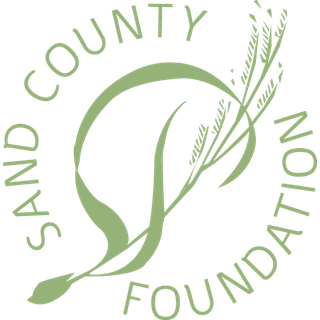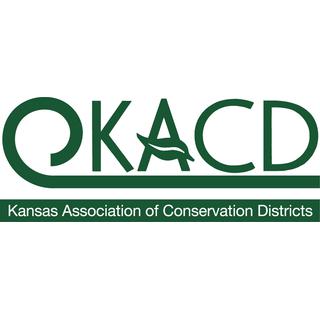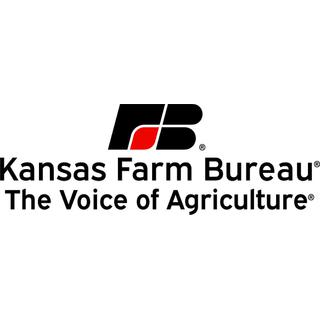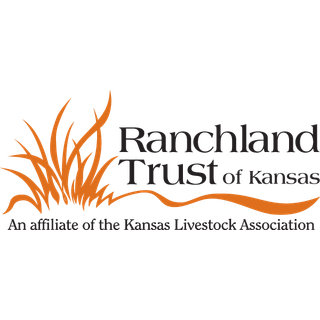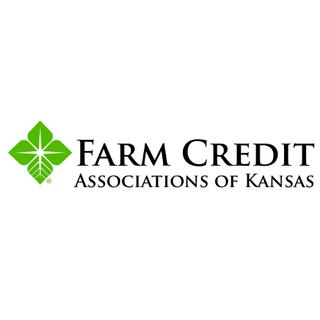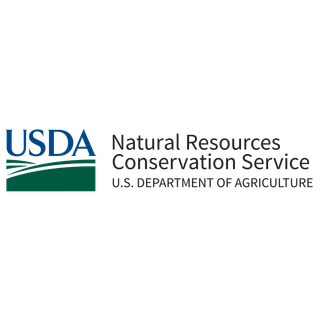Ray and Susan Flickner compare agricultural conservation to a long road, but it’s a journey they’ve resolved to travel.
The Flickners are lifelong learners with master’s degrees. They have channeled their education and experience into innovation on their Kansas farmland, and see conservation as critical to its environmental and economic resilience.
Ray has shared his knowledge as a speaker at the governor’s conference on the future of water in Kansas, and before a U.S. Senate agriculture subcommittee on making conservation programs user-friendly for farmers.
Amid the 1980s farm crisis, the Flickners bought 220 acres of farmland in McPherson County that has been in Ray’s family since the 1870s. They’ve added another 630 acres, and it’s now known as Flickner Innovation Farm where more than a dozen university, industry, and agency partners explore new methods to improve soil health and conserve water.
Modern irrigation technology tested at the farm helps make good use of every drop of water in a drought-prone region. Switching from a flood irrigation system to sub-surface drip irrigation showed 40 percent less water use over a decade, compared to the county average. Real-time feedback on how much water will benefit every slice of a field is provided by plant-based water sensors and a ground-penetrating radar mounted to a center pivot irrigation system.
Crop yields have improved thanks to irrigation technology and the grid soil sampling the Flickners conduct every four years. The sampling shows where to apply nutrients and lime at varying rates to adjust the soil’s pH level. Cover crops are grown to suppress weeds and improve soil health. These conservation practices have increased their soil’s organic matter over time.
Water and soil conservation has long been a priority at Flickner Farms. Ray and Susan recently rehabilitated shelter belts and windbreaks that his ancestors planted in the 1930s to prevent erosion. Ray credits his father with stopping the use of anhydrous ammonia fertilizer in the 1960s and switching from traditional to minimum and conservation tillage in the 1980s.
Over the years, Ray and Susan bought more farmland in three other counties (Dickinson, Hodgeman, and Norton), where annual rainfall and topographies vary widely. They have created pollinator habitat in areas not suitable for row crop farming, constructed miles of terraces, and built acres of grass waterways. A marginal five-acre tract was taken out of crop production and reseeded with grass to improve water quality and provide wildlife habitat. Other fields have benefited from using the Kansas Forest Service’s conservation tree program to build windbreaks.
With assistance from their county conservation district, intermittent streams have been reshaped and seeded to brome grass. Grass waterways previously under an irrigation center pivot were relocated to field edges. Productivity is improved when large farm equipment can be maneuvered to limit hairpin turns where over-application of seed, fertilizer, and chemicals are more likely to occur.
Ray and Susan have turned their conservation ethic to 320 acres of Hodgeman County farmland that Susan acquired from her father’s estate. In addition to redesigning its terraces, the farm features two playas. The Flickners are coordinating with the Natural Resources Conservation Service on how to best rehabilitate these important High Plains aquifer features. It’s just the latest step to improve water resources in Kansas on a constantly evolving journey.
